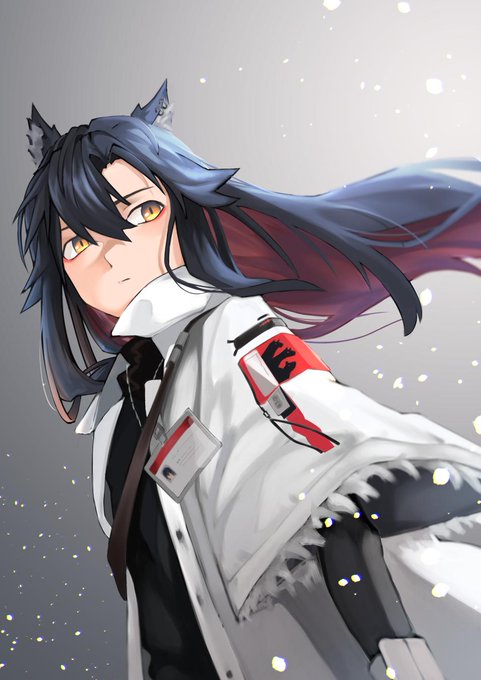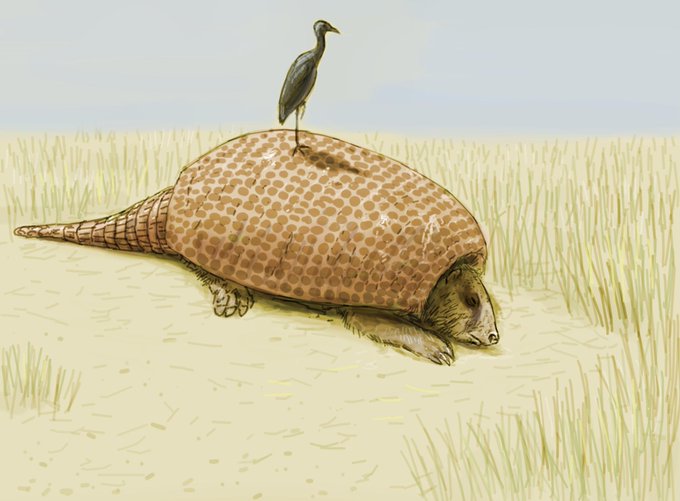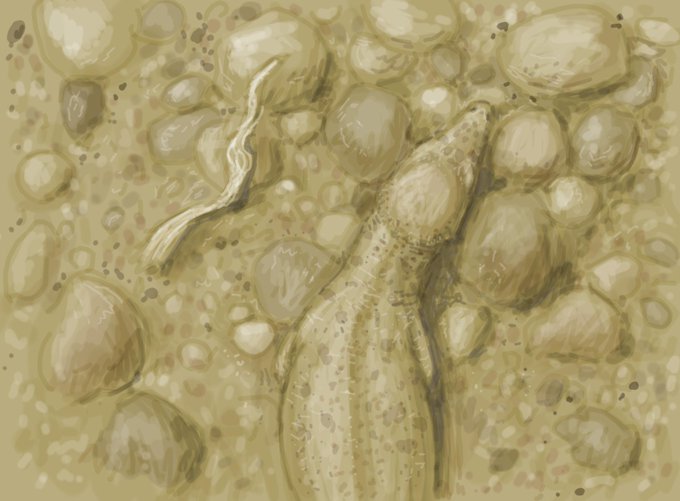cambrianのTwitterイラスト検索結果。 325 件中 15ページ目
#wip this afternoon. A lot bigger than I have been painting lately. ‘The Hare, the Moon and Venus’. #indigo #mixedmedia inspiration from the #CambrianMountains
To the Royal Cambrian Academy this afternoon to see their Summer Exhibition of diverse works from current RCAs @TheRCAConwy
Hope to see you there!
#oil #pen #line #drawing #bronze #sculpture #painting #artmatters
Summer show opening at Royal Cambrian Academy, Conwy Saturday 20th July through to Sept. 2-4 with yours truly @GoNorthWales @NWTBiz @nwalestweetsuk
Small Shelly Fossils (SSFs) present a powerful tool for correlations and biostratigraphic interpretations for Early Cambrian Laurentia.
L. Devaere, S. Clausen, J. Porfirio Sosa-Leon, J. José Palafox-Reyes, B. E. Buitrón-Sánchez, and D. Vachard
https://t.co/hGaL8WQjfq
Proteins from the past!
@Gavirius et al resurrected an efficient Precambrian endoglucanase which may be useful in the harsh condtions of industrial biomass breakdown.
See the structure, solved @esrfsynchrotron & published @CommsChem at https://t.co/p7HFYr4dET
#FossilFriday
BOSSES: Primarily my job while working for @pixelnicks , this good boy is scale back, concepts inspired by ancient prehistoric fish in the Cambrian era. Exploring patterns was really fun for this guy too.
Some extinct arthropods from the clade Radiodonta, which thrived during the Cambrian period.
(Credit: Renato de Carvalho Ferreira)
#DeepTime Cambrian ecosystems could be quite complex, with many of the hallmarks of a modern benthic community. The @NMNH dioramas do a great job of showing this, with priapulids like Ottoia and Selkirkia being a major infaunal component. Second image from https://t.co/6UGECm1ICU
#DeepTime Today's Cambrian creatures (find them in @NMNH's new fossil hall opening this Saturday) are Ottoia (first) and Selkirkia (second). These predatory worms had vicious mouthparts covered in teeth, hooks and spines (third). Images https://t.co/ff6Sc6cqCk by @PalaeoSmith
The @NMNH Fossil Halls re-open this Saturday, so I want to highlight some cool #DeepTime invertebrates you'll find in the early life area. First is Waptia, an awesome Cambrian arthropod that's sometimes preserved with its eggs (ecr and ecl below)!
Images: https://t.co/ssnEj4iTl2
#WormWednesday Reading an awesome acorn worm developmental bio paper. It can be so hard to find a clear drawing of a really specific structure (especially ones lost in ontogeny, like the juvenile post-anal tail); useful for my #DeepTime postdoc on their Cambrian cousins @NMNH
Vetulicola are early deuterostomes from the Cambrian period. They are one of the oldest animals, living 525 million years ago. They were 9cm long & fed on plankton & seafloor debris.
(Credit: @nixillustration)
Highlights from the #paleostream! Boreostemma, Xingtianosaurus, Tamisiocaris and Gravitholus.
#paleoart #sciart #art #dinosaur #armadillo #cambrian
Look. What is more likely.
A) Graboids evolved in the Precambrian era¹ to hunt sessile sponges.
b) Graboids, the most adept tunnelers in history, dug down into deeper fossil layers later.
Thank you for coming to my Ted talk.
1 [Tremors 2: Aftershocks. Dr Kate Riley, et al]
Ever wondered how fuxianhuiids performed ecdysis? Check out some new insights on the moulting strategy of the early Cambrian Chengjiangocaris from the Xiaoshiba biota w/@harrietdrage and our colleagues from Yunnan University @SciReports https://t.co/7F8ddT5LvO
Kerygmachela is an early arthropod that lived during the Cambrian period. They had 11 pairs of lateral lobes for swimming.
(Credit: deviantart/Achaeopteryx)
I am passionate about Cambrian life because they are all
1) Huggable 2) Kissable 3) Lovable. It is a scientific fact. #sciart
Palaeontology Coproliteposting is on a Cambrian kick and it’s honestly the most impressive collective display of memeing I’ve ever seen. https://t.co/DUAS6IWM81

























































